Japan has long been known as a land of spirits and mysteries. From eerie ghost stories whispered during summer nights to graceful yet terrifying figures in traditional art, Japanese ghosts—or yūrei—hold a special place in the nation’s culture. But what makes them so unique, and why do they continue to fascinate people today?
Let’s explore the features, history, and deep symbolism of Japanese ghosts.
The Unique Traits of Japanese Ghosts

Today’s topic is Japanese ghosts! If you’re a horror fan, make sure to read till the end!
1. White Kimono and Loose Black Hair
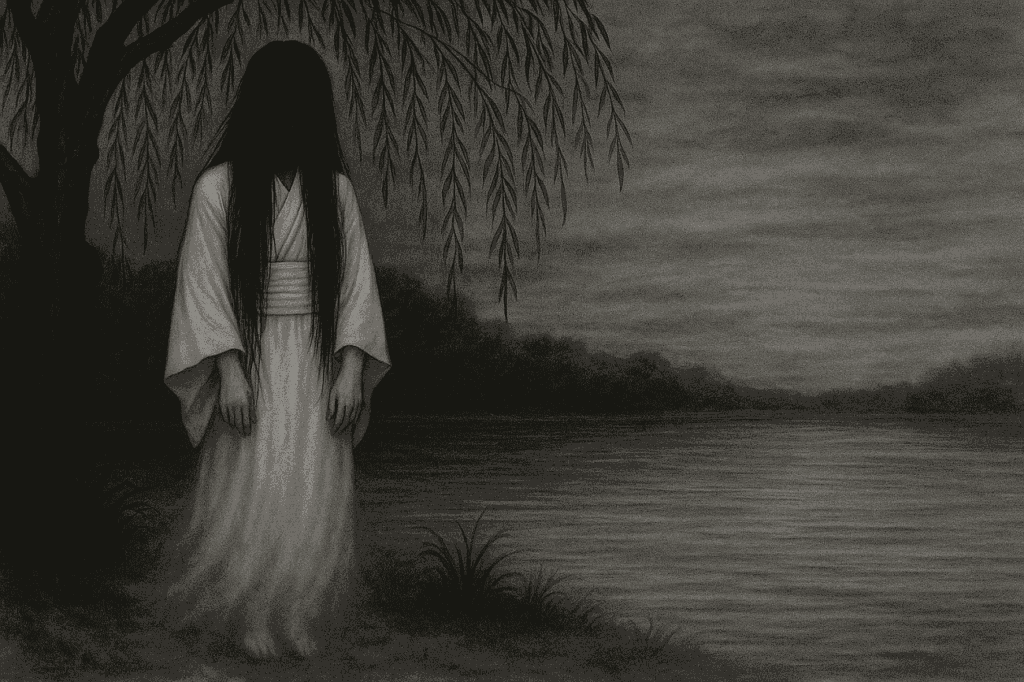
Japanese ghosts are often depicted wearing pure white kimono—specifically kyōkatabira, the burial attire used in Buddhist funerals. Their long, disheveled black hair adds to their eerie presence, symbolizing both death and lingering emotion. This appearance gives yūrei a distinct elegance that blends sadness with terror.

Long black hair and a white kimono — that’s the classic look of a Japanese ghost! Come to think of it, Otsuki-chan also has long black hair and wears a white kimono… Could she be a ghost?

Hold on! I’m not a ghost, okay!?
2. Floating Without Legs
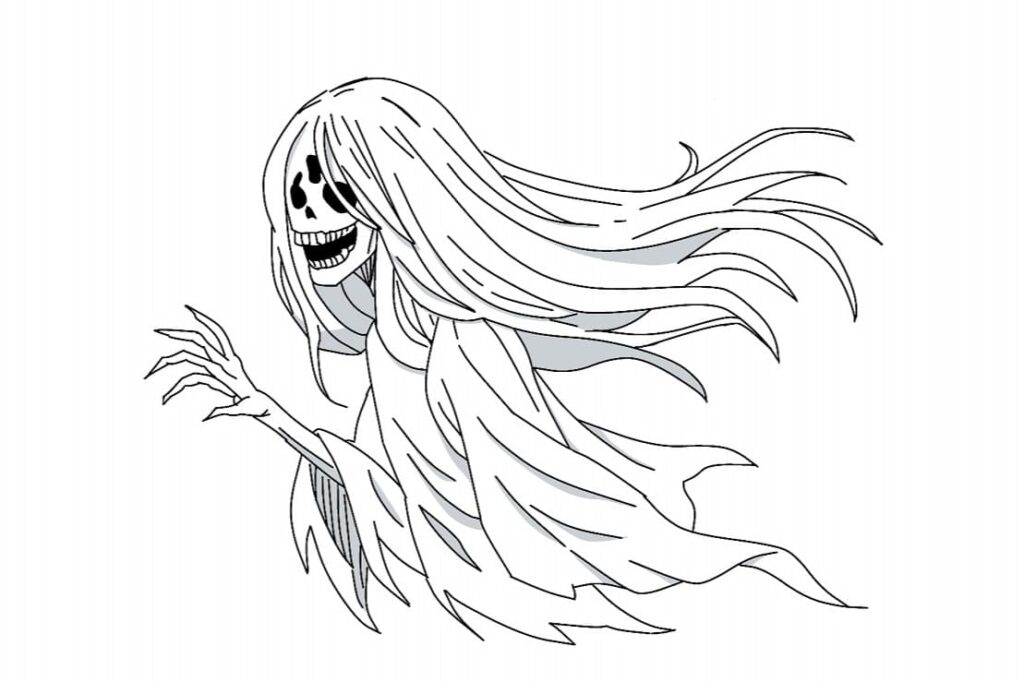
Unlike living humans, yūrei are usually drawn without visible legs. They float slightly above the ground, connected to the world of the living by faint spiritual energy. This “legless” form represents their incomplete existence—souls that could not find peace after death.
3. The Origin in Maruyama Ōkyo’s Ghost Paintings
One strong theory about this ghostly form originates from the yūrei-ga (ghost paintings) by Maruyama Ōkyo, a mid-Edo period artist. His work, said to be inspired by the apparition of a deceased woman he once knew, established the visual template for Japanese ghosts—graceful, sorrowful, and almost ethereal. Many later depictions of yūrei were influenced by his hauntingly beautiful style.

When I was a kid, I read in a book that “Maruyama Ōkyo spilled tea on the leg part while painting a ghost, and that accident led him to stop drawing legs.” Apparently, the blurred legs made the ghost look even creepier, so he decided to leave them out entirely!

Seriously?!
4. Driven by Strong Emotions
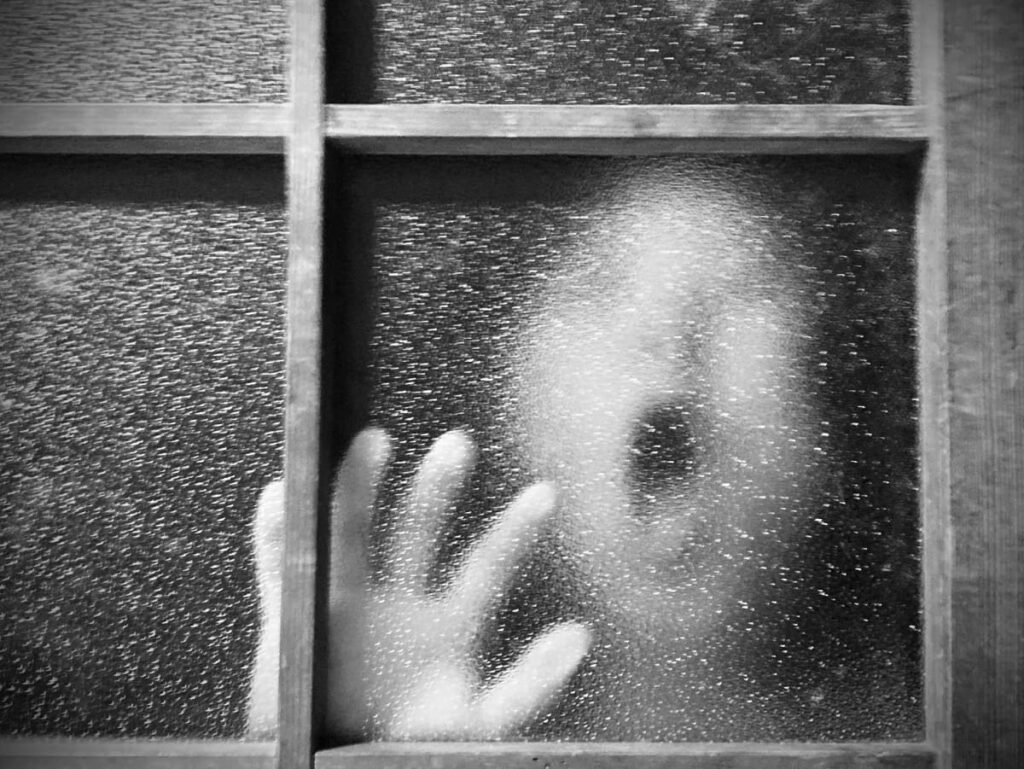
Japanese ghosts are believed to linger because of strong emotions—regret, love, or vengeance. They are not inherently evil; rather, they are trapped by feelings left unresolved at death. This concept mirrors the Japanese value of emotional depth and the connection between the living and the dead.
The Cultural Roots of Japanese Ghosts

Let’s dig a little deeper into the world of Japanese ghosts.
1. Buddhist and Shintō Influences
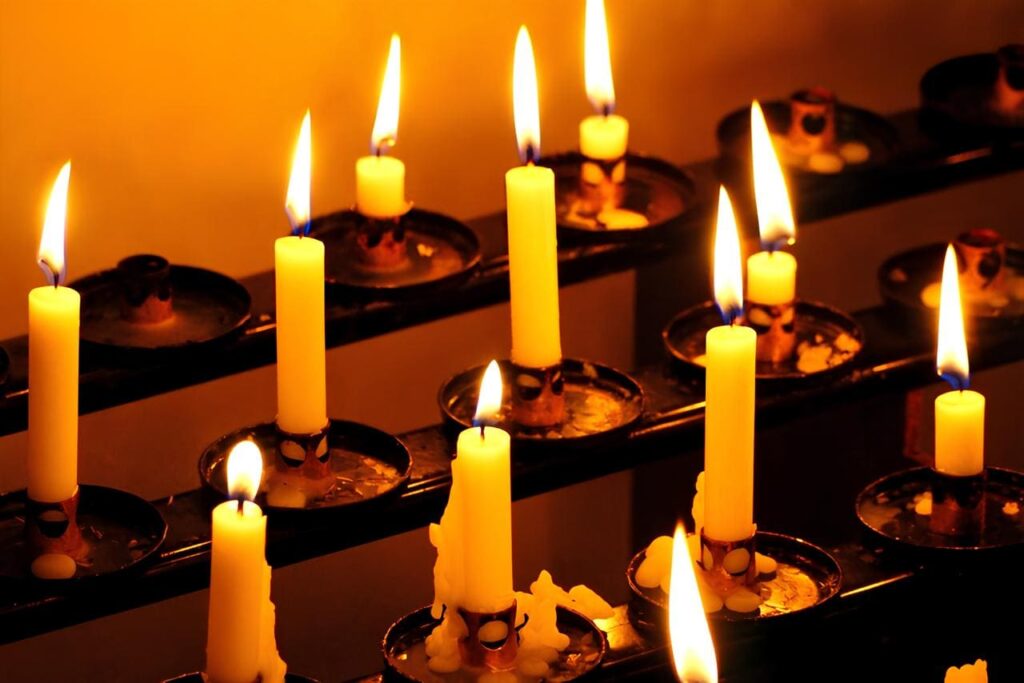
Japanese ghost lore blends elements of Buddhism and Shintō. In Buddhism, the soul (rei) can remain in the world due to attachment or resentment. Meanwhile, Shintō emphasizes the spirit’s purity and ritual cleansing, giving rise to many customs meant to appease restless souls.
2. Ghost Stories and Summer Traditions
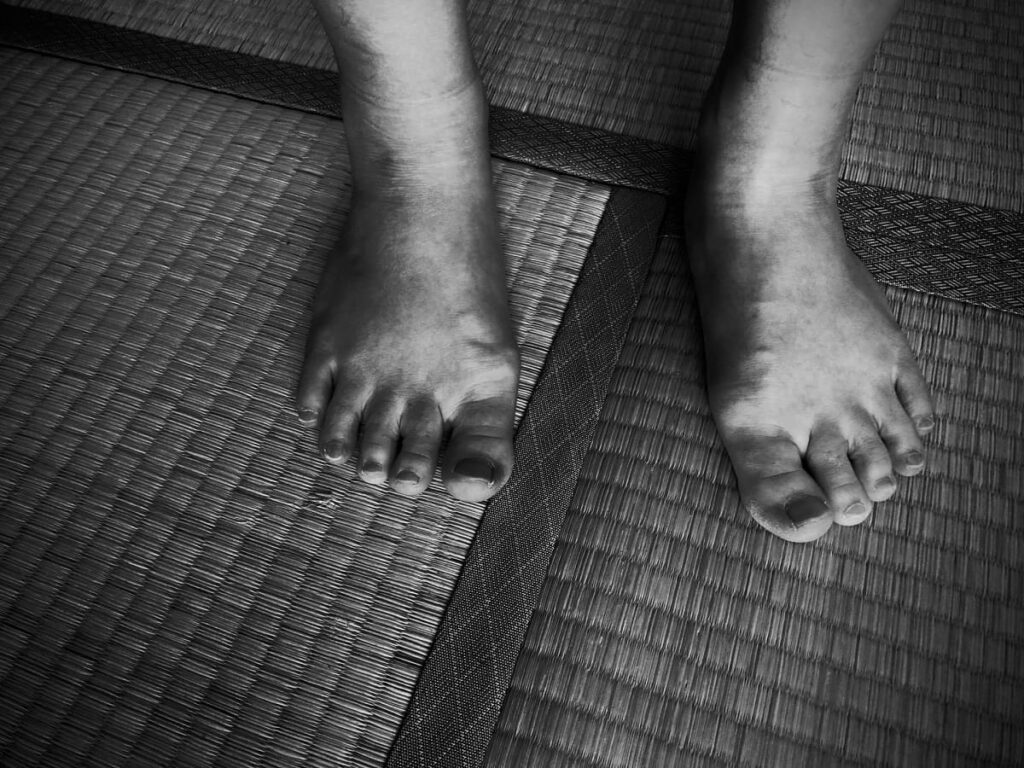
In Japan, summer is considered the season of ghosts. Kaidan (ghost stories) are told during this time to bring chills and cool relief in the heat. Traditional events like Obon—when ancestral spirits return home—reflect the deep cultural respect for the dead.
3. The Willow Tree and Ghosts
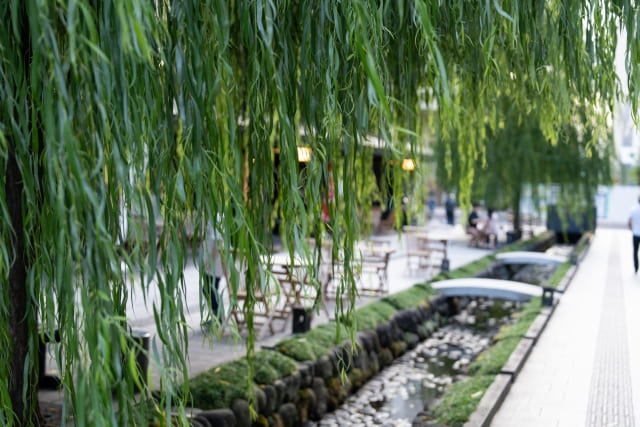
In Japan, the willow tree (yanagi) is often associated with ghosts. Its drooping branches resemble the form of a spirit, softly swaying as if something invisible lingers beneath. Many classic yūrei scenes in art and film feature a ghost standing near a willow tree, reinforcing this symbolic connection between nature and the supernatural.

I love willow trees — they’re so beautiful — but at night, they can be really spooky. They always remind me of ghosts… Oh, and there’s even a yokai called “Yanagi Baba,” the Willow Hag!
Why Japanese Ghosts Captivate the World
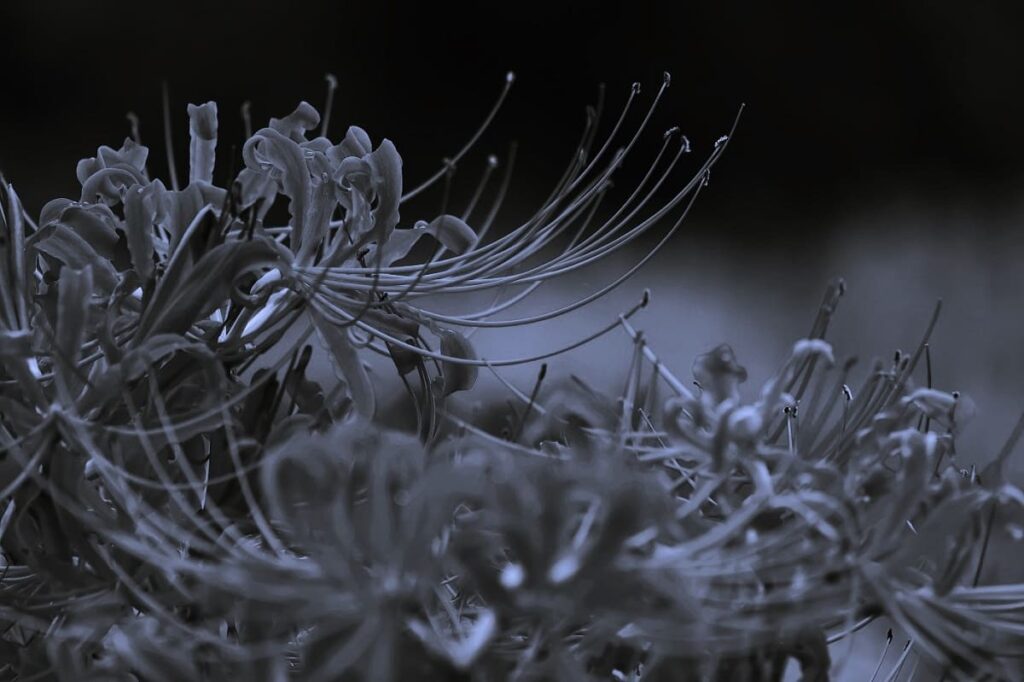
Japanese ghosts are not just frightening—they are emotional, elegant, and deeply symbolic. They express sorrow, beauty, and the fragility of human attachment. Rather than monsters, yūrei are mirrors of human emotion, eternally wandering between worlds.
Their haunting aesthetic continues to influence art, anime, films, and modern horror worldwide—from The Ring to Ju-On (The Grudge)—proving that the quiet sadness of Japanese ghosts transcends cultures and generations.
Final Thoughts about Japanese Ghosts ( Yūrei )
Japanese ghosts embody the delicate balance of beauty and fear, purity and sorrow. They are more than mere spirits—they are storytellers from beyond, carrying emotions too deep to fade. Understanding yūrei is not only about exploring Japan’s folklore, but also about touching the heart of its spiritual imagination.
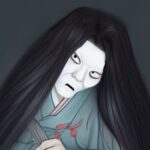
If you are interested in Horror Games, and you love gaming, you may love some of these games! Let’s play!

Yes! Let’s play!

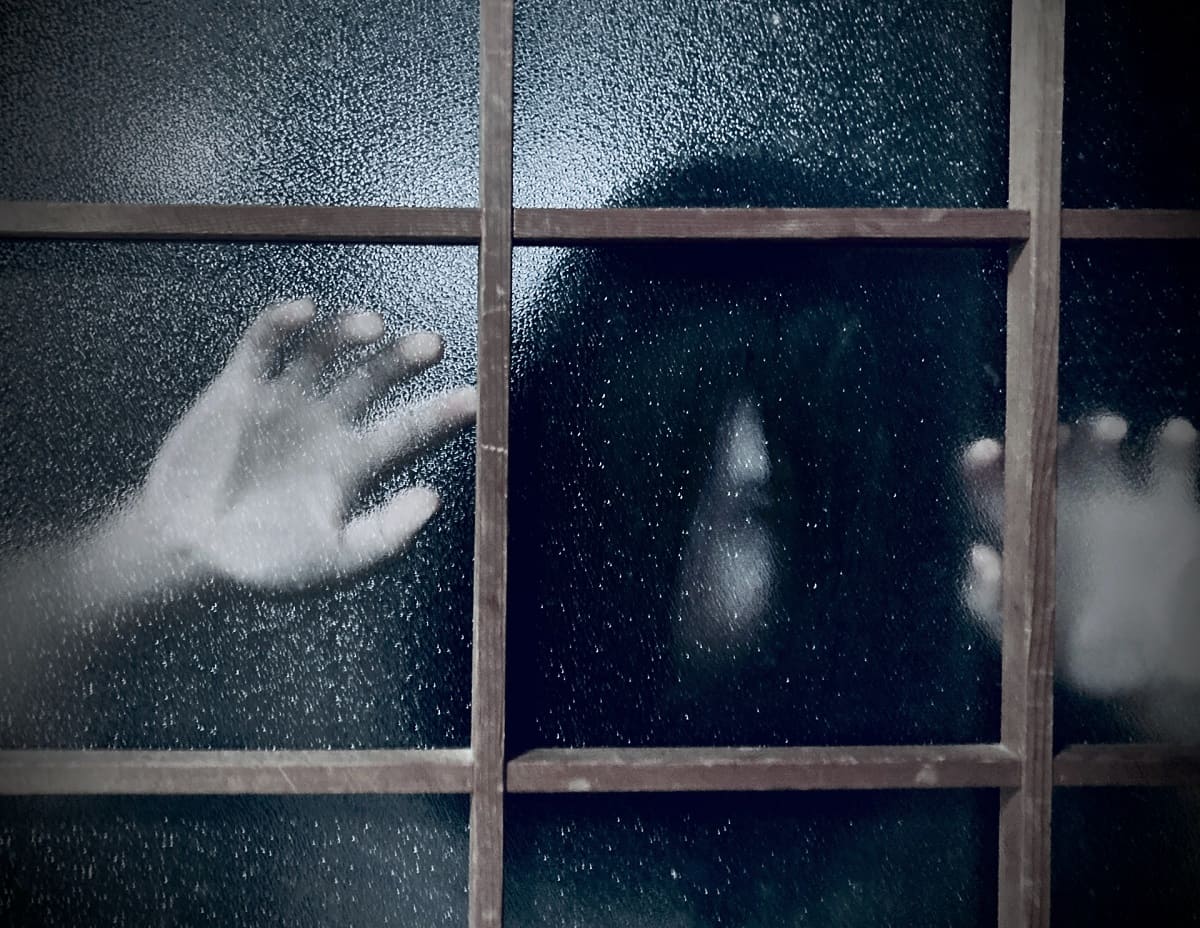




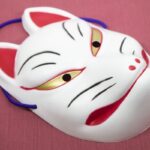
Comments